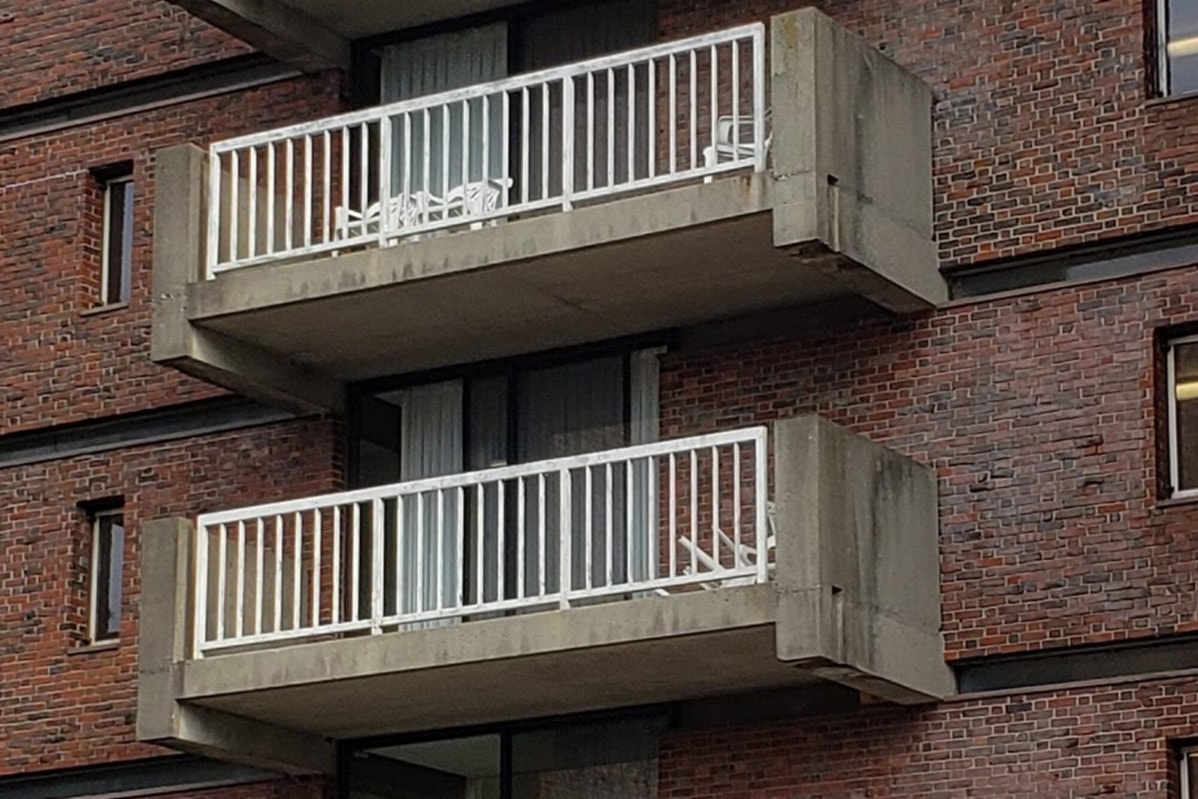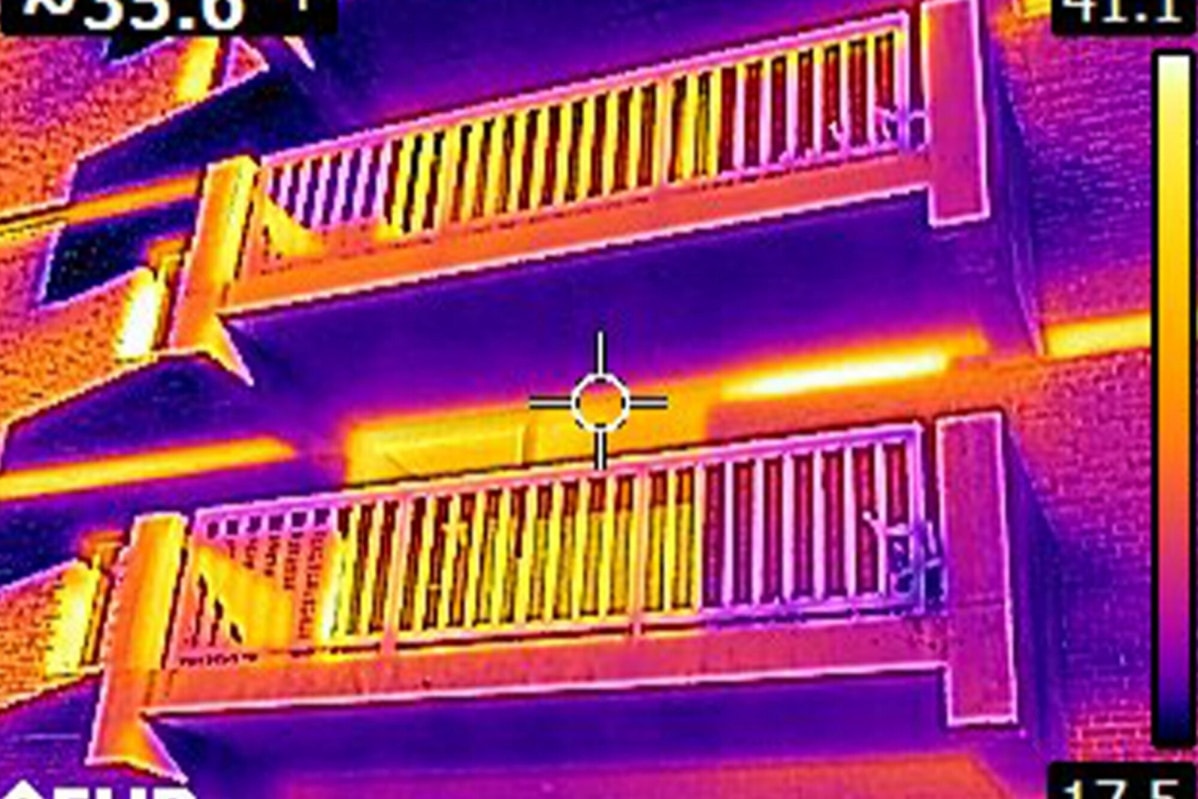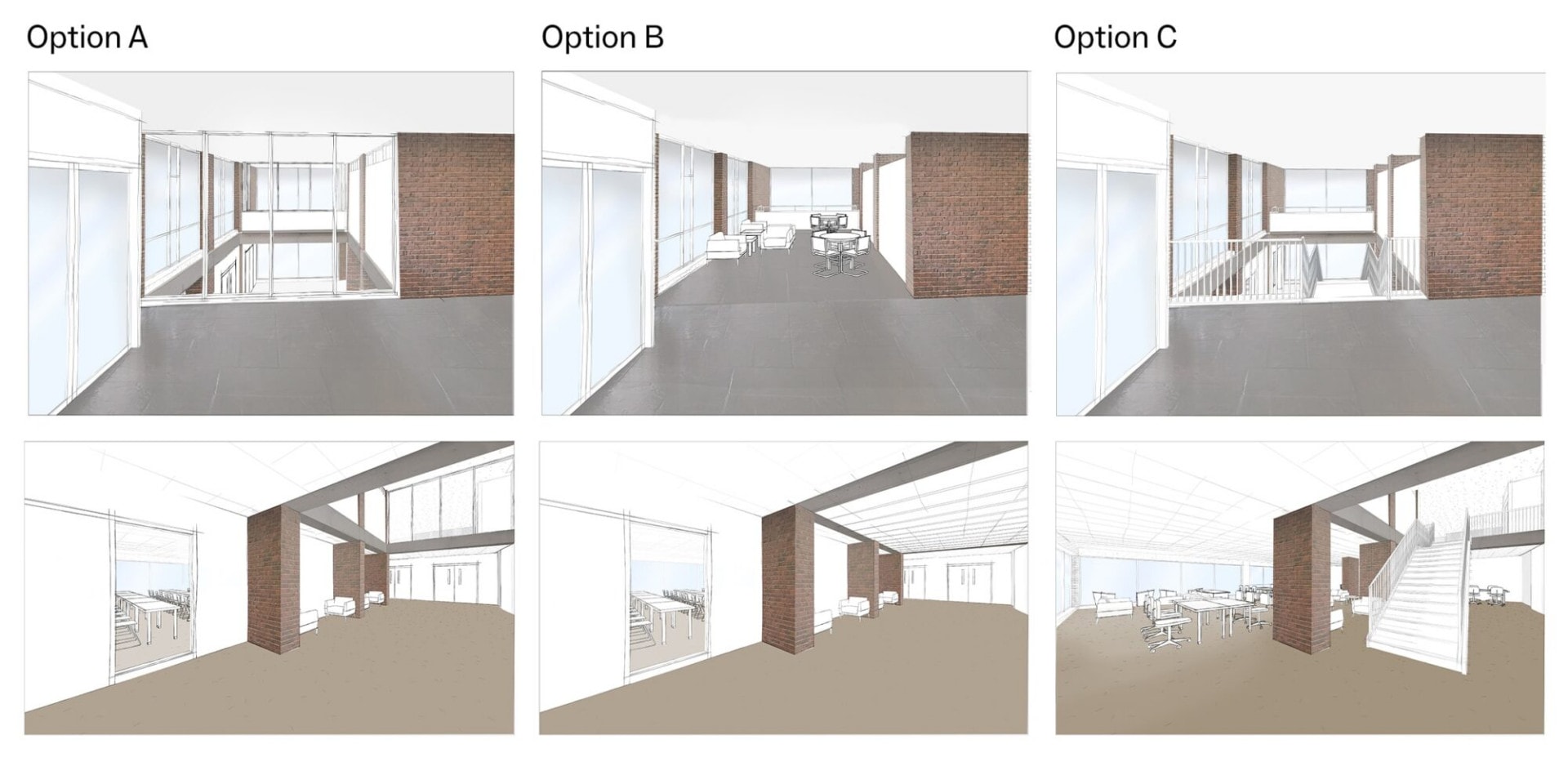Mount Holyoke College
Deep Energy Retrofit Study

In an effort to achieve carbon neutrality by the year 2037, Mount Holyoke asked Goody Clancy to explore how energy retrofit strategies can be implemented during the course of routine building maintenance.
-
Location
Practice area
Modeling a process for the future of campus energy retrofit projects
Ham and MacGregor Halls are adjoining residence halls located on the northern edge of Mount Holyoke’s campus. Originally constructed in the mid-1960’s, both buildings were due for upgrades. Goody Clancy conducted a deep energy retrofit feasibility study of these facilities and used the process to create a framework that can be applied broadly to Mount Holyoke’s campus in support of their 2037 carbon neutrality goals.
This study lays out a streamlined, data-driven approach to building a project scope that results in the most significant total carbon (operational + embodied) savings.


The feasibility study consisted of three parallel tracks: existing conditions assessment, retrofit scope development, and programming. The existing conditions assessment began soon after project kickoff, aiming to collect information about the current state of the buildings. At the same time, the design team compiled a list of potential retrofit scope items.
We then engaged in multiple rounds of building performance analytics, including thermal modeling, whole building energy simulations, and life cycle assessments to evaluate the greatest opportunities for impact and refine the proposed scope. Once both tasks were complete, a final list of proposed retrofit scope items was synthesized into a concise report.

-
50
Individual energy conservation measures evaluated for potential impact, including end-of-life replacements, envelope upgrades, zone-level HVAC upgrades, and primary energy source changes
-
70%
Reduction in projected annual operational carbon with the proposed low carbon scope bundle compared to existing annual energy consumption
The embodied carbon associated with most of the energy conservation measures explored has a carbon payback of less than 10 years based on project operational carbon savings, indicating a worthwhile investment of resources.
For more information about this project:
Share this project:
Project Team
Code Red
Thornton Tomasetti
VanZelm Engineers

